Sometimes, the most transformative innovations don’t look like much at all. They’re not flashy, they’re not glamorous — in fact, they’re so ordinary that we often overlook them. Yet at scale, they quietly shape entire industries, from tracking inventory to checking out at the billing counter within a few seconds.
Yes, I am talking about barcodes.
A few black-and-white lines printed on the corner of a package may look insignificant, but in reality, they are the backbone of modern retail. Barcodes are everywhere — on your kitchen shelves, bathroom sink products, packaged food, books, and even hospital wristbands.
But why are they so important? Let’s dive deeper.
What Is a Barcode?
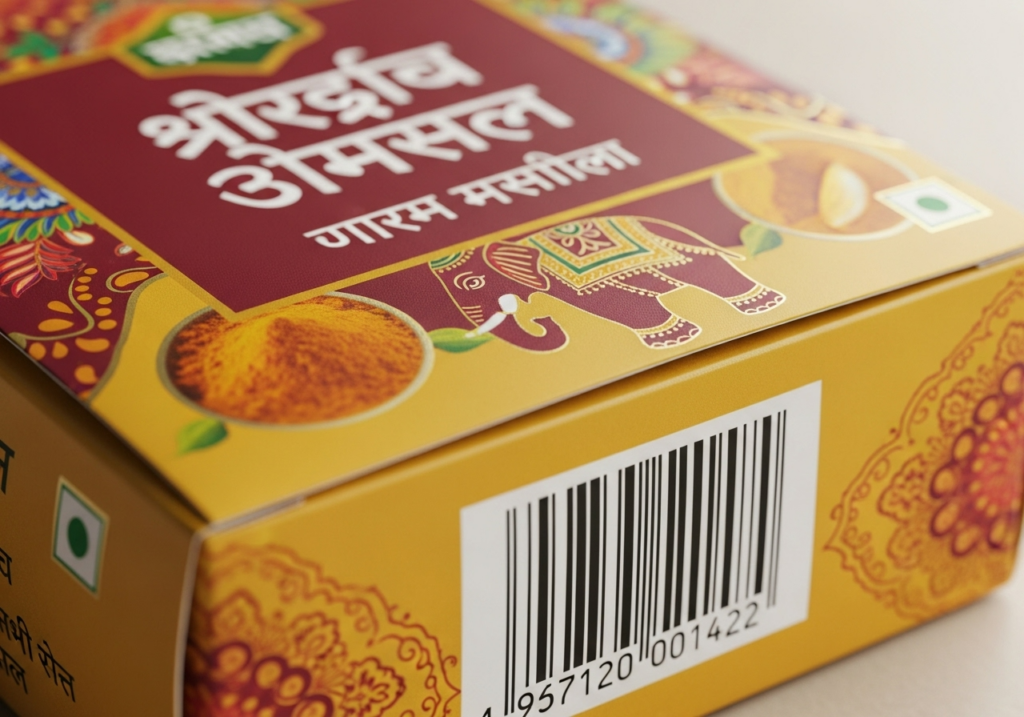
A barcode is not just a printed design but a unique identification number represented visually through black-and-white lines. When scanned by barcode scanners, it instantly pulls up product information.
- Each line in a barcode correlates with the number written below it.
- It converts human-readable data into a machine-readable ID.
- Used beyond supermarkets — on licenses, rental cars, baggage tags, pharmaceuticals, and more.
Essentially, barcodes (UPC/EAN) automate checkout, inventory tracking, and supply chain operations.
Why Were Barcodes Invented?

Before barcodes, retail and supply-chain operations were manual, slow, and error-prone.
- Cashiers keyed prices by hand.
- Inventory counts were done with clipboards and spreadsheets.
- Errors were common and costly.
Barcodes solved real problems:
- Manual billing
- Human errors
- Time-consuming checkouts
- Poor inventory tracking
📌 History Note: The first retail barcode scan happened on June 26, 1974, on a pack of Wrigley’s gum — a milestone that launched modern retail automation.
How Do Barcodes Work?
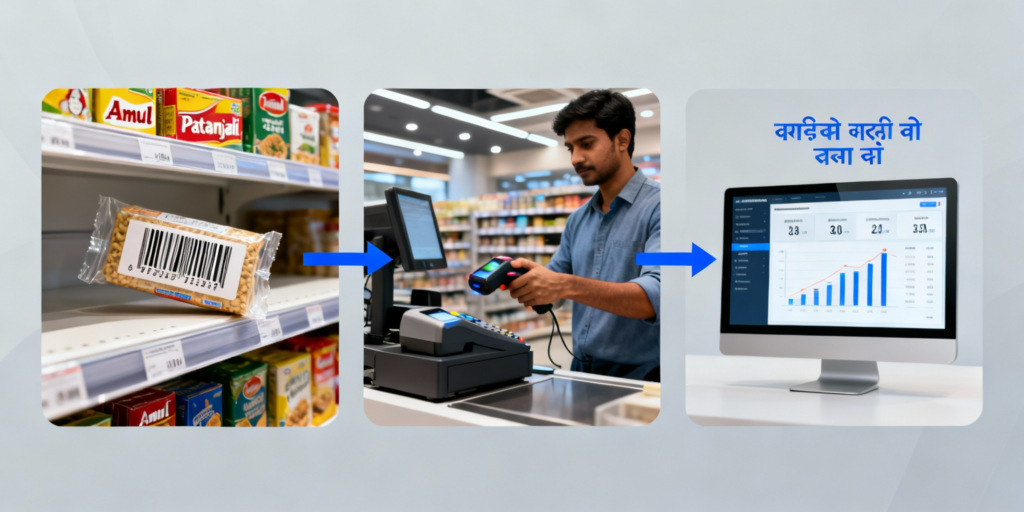
The process is simple:
- A retailer asks you to provide product details (name, brand, price) along with your 12-digit UPC barcode.
- They enter this information into their inventory management system.
- When your barcode is scanned at checkout, the system pulls up your product details, processes the sale, and updates inventory.
👉 Once you place your barcode on your product, your job is done. The retailer’s system handles the rest.
Types of Barcodes
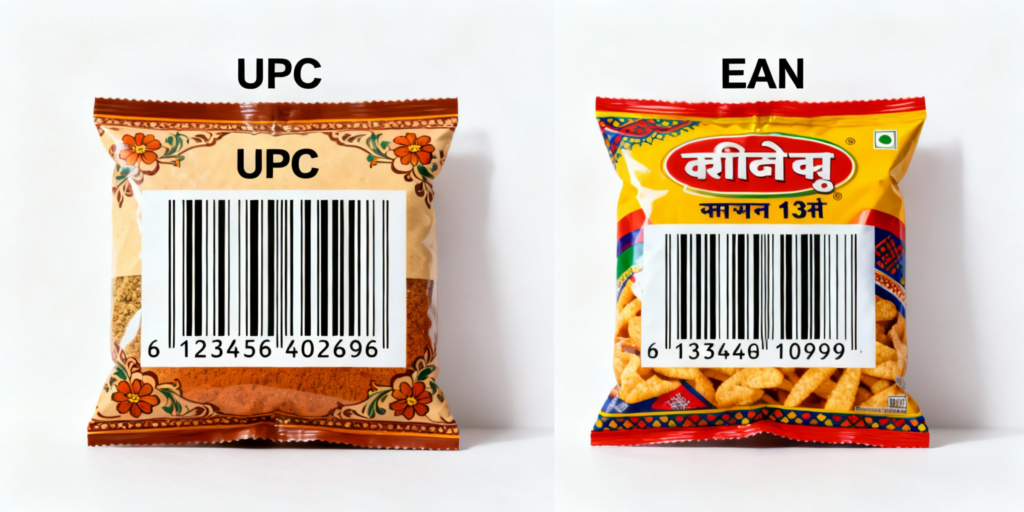
There are dozens of barcode formats, but two are most common in retail:
UPC (Universal Product Code)
- 12-digit standard barcode.
- Used on 99.9% of retail products in North America.
- Works worldwide, even outside the US.
EAN (European Article Number)
- 13-digit code.
- Commonly used in Europe, Australia, Brazil, and other countries.
✅ Note: If you have a UPC, you don’t need an EAN — UPC works globally (except for books/magazines which use ISBN/ISSN).
Importance of Barcodes in Modern Retail
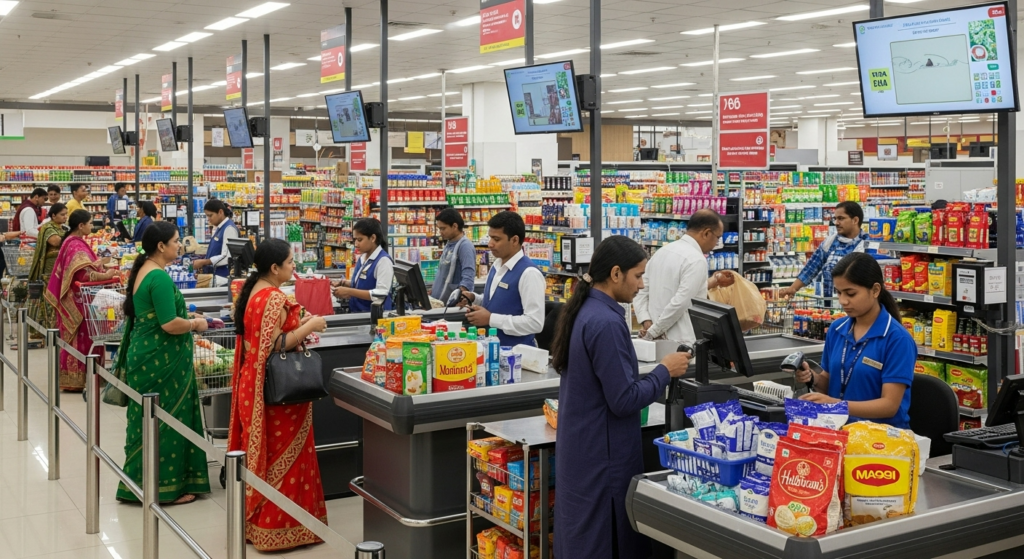
Barcodes provide multiple business benefits:
- Faster Checkout – Scanning replaces manual billing, reducing time and errors.
- Real-Time Data – Every scan updates inventory & sales in ERP systems.
- Low Cost – Affordable, with no annual renewal fees if purchased from sellers like Barcodemine.com.
- Inventory Management – Eliminates manual counting, helps with restocking.
- Reduced Training Time – Easy for staff to use, no memorizing product details.
Beyond Retail – Where Else Are Barcodes Used?
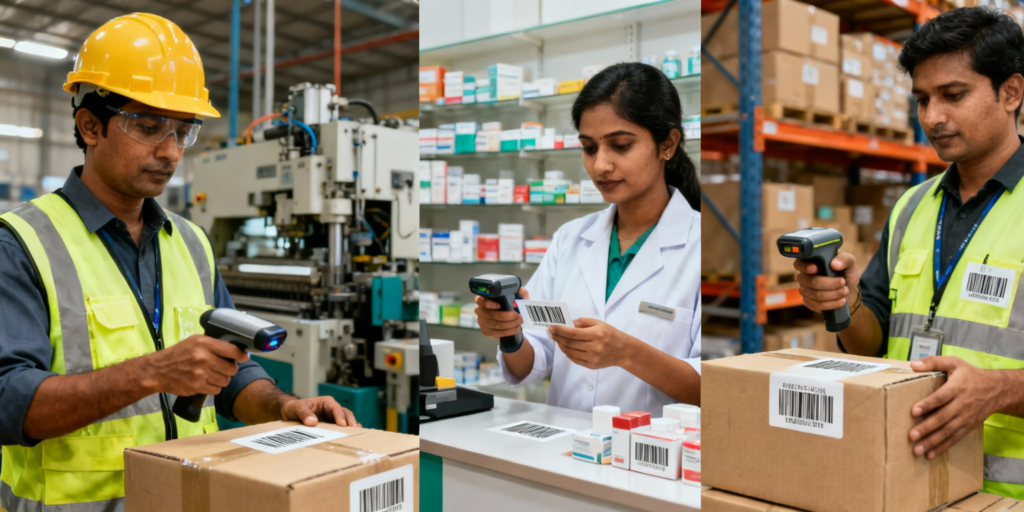
Barcodes are used across industries:
- Manufacturing – Track raw materials, components, and finished goods.
- Automotive – Manage parts, recalls, and quality control.
- Pharmaceuticals – Verify medicines, prevent dispensing mistakes, track expiry.
- Shipping & Logistics – Track parcels in real-time across supply chains.
- Food & Beverage – Track ingredients, manage expiry dates, reduce spoilage.
- Government – Asset tracking, identity verification, secure documentation.
Barcode vs SKU: What’s the Difference?
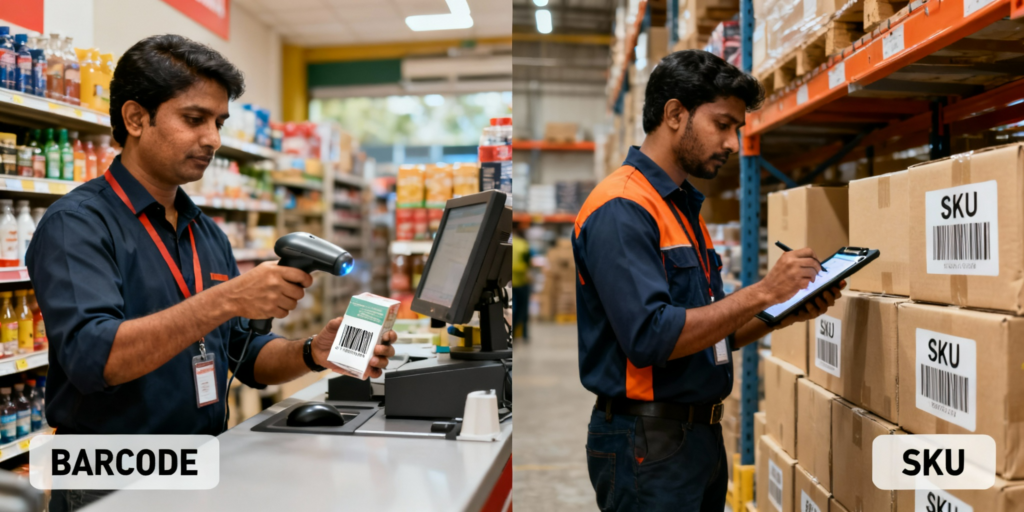
- Barcode (UPC/EAN): Global, machine-readable identifier for products.
- SKU (Stock Keeping Unit): Internal code created by businesses for inventory management.
👉 Example: A T-shirt might have the same UPC barcode everywhere, but each retailer assigns its own SKU for internal tracking.
Most businesses use both for seamless operations.
How to Get a Barcode in India?

If you’re selling online or offline, you’ll need barcodes.
- GS1 India: Requires high initial fees + annual renewal charges.
- Barcodemine.com: Provides genuine UPC/EAN barcodes with one-time payment — no renewal fees.
Both GS1 and Barcodemine barcodes are identical in structure, but with Barcodemine you own them forever.
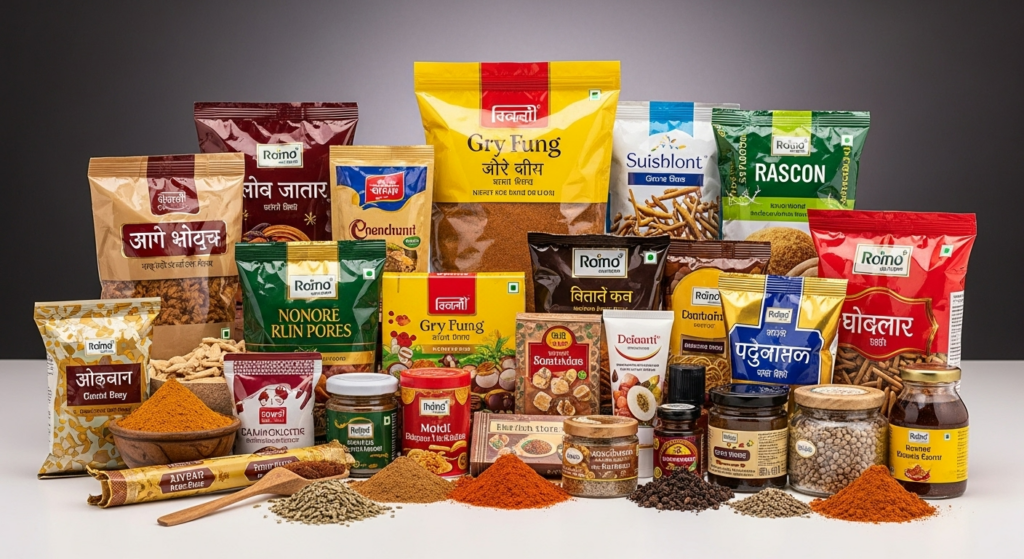
Barcodes may look small and simple, but they power global retail and logistics. For businesses of all sizes, having barcodes is not optional but essential.
So, if you’re planning to sell products, ensure you have genuine UPC and EAN barcodes. Get them from Barcodemine.com at the most affordable prices — because a penny saved today can save you lakhs tomorrow.

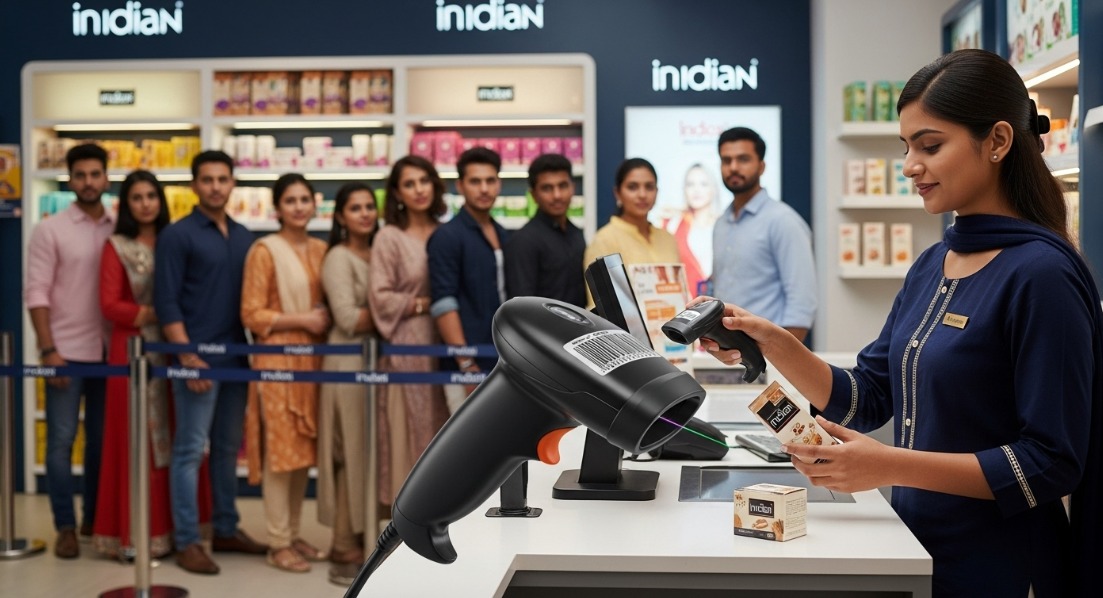
Leave a comment